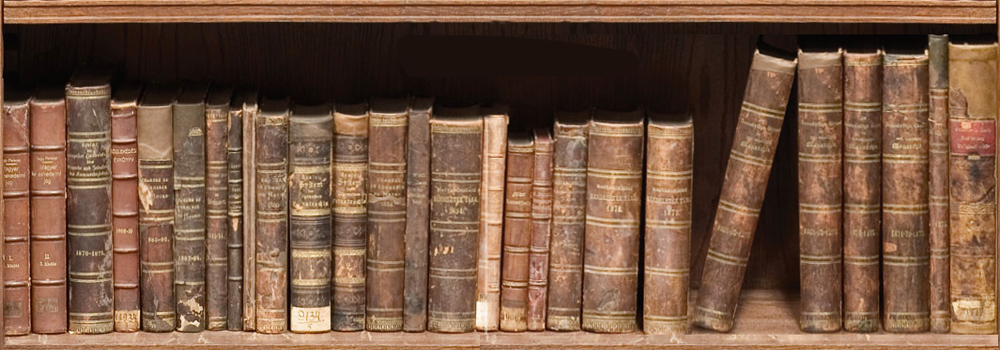Encore Selections
Editor: Ray Rasmussen
Classic Articles about Haibun, Tanka Prose & Haiga

Haibun Speak
In this reprint from the blog CafeHaiku, Dr Brijesh Raj, himself an accomplished haijin/haibunist, interviews two well-published writers, Paresh Tiwari and Raamesh Gowri Raghavan, about their thoughts on and practices of English-language haibun. We also recommend exploring the CafeHaiku four-part series Haibun: The Joy and Journey of Poetic Engineering, authored by the well known haijin/haibunist Pravat Kumar Padhy.
Previous Classics Selections
Haiga: A Successful Meeting of Image and Text
by Emma Cortellessa
The origins of haiga with examples of early work by the Japanese Masters
Haibun: Definitions of Light
by Michael Dylan Welch
A history of the origins of Japanese-language prose and the evolution of English-language haibun.
Characteristics of Contemporary English-Language Haibun
By Ray Rasmussen
Explorations into subject matter, style, and possibilities for further development.
The Role of Modeling in Haibun
By Ray Rasmussen
We all have favorite pieces of writing; this essays offers a way to use them to enrich your own work.
A Title Is a Title Is a Title, or Is It?
By Ray Rasmussen
The oft neglected role of the title in haibun and types of titles for consideration in creating your haibun and tanka prose.
Ken Jones on Haibun: An Interview by Jeffrey Woodward
Jeffrey Woodward’s interview of Ken Jones about Jones’ journey from haiku to haibun is an exemplar of interviewing techniques. Ken, who passed way in 2015, has much to say about the “what is” and “how to” of haibun composition.
Make Haibun New through the Chinese Poetic Past:
Basho’s Transformation of Haikai Prose
by Chen-ou Liu
An exploration into how “Basho re-established and refined a mixed genre of verse and prose called haibun (haikai prose), which is exemplified, through his incorporation and recontextualization of the Chinese poetic past in his masterpiece, The Narrow Road to the Interior.” (Issue 18.2)
Looking and Seeing: How Haiga Works
by Jim Kacian
An article about the history and current practices and variety of English haiga. (Issue 18.1)
On Haiga
by Ron C. Moss
A video interview of cho haiga editor Ron C. Moss by Michael Rehling. Ron offers his thoughts about the form and examples of his work, including his experiments with video haiga. (Issue 18.1)
“Toward a Theory and Practice of Tanka-Prose“
by Charles D. Tarlton
A look at the problem of tanka-prose from the limited perspectives of 1) the nature of the prose passage, the prosaic part; 2) the tanka or verse, the lyrical or rhapsodic portion; and 3) the two in tandem, the dialectical transformation that elevates the prose and the tanka to a new level of perception. (Issue 17.3)
“Twenty Five Selections of Tanka Prose & an Editor’s Thoughts about Tanka Prose.“
by Bob Lucky
TP or not TP? there will always be aesthetic questions about what comprises a good tanka and what exactly the prose is supposed to be doing. In the end, a tanka prose piece that connects to readers, however it may do so, will serve as a guide to other writers. Here are 25 guides. (Issue 17.3)
“Saying Less to Mean More”
by Lew Watts
Watts reminds us that we write, not for ourselves, but for others and that sentimentality and obscurity can be turnoffs for readers. (Issue 17.2)
“The Segue in Tanka Prose“
by Jeffrey Woodward
Woodward, one of tanka prose’s best known poets, explores how the writer secures a good transition from one mode of writing (prose) to the other (the tanka, or in the case of haibun, the haiku). (Issue 17.2)
“What Haibun Poets Can Learn from Non-haikai Western Poetry Practices”
by J. Zimmerman
Zimmerman points out that other English-language genres— short stories, memoirs, personal essays, etc.—employ useful composition practices that can enhance the quality of our haibun and tanka prose. (Issue 17.1)
“More than the Sum of Its Parts: Explorations in Contemporary English-language Haibun”
by Rich Youmans
Youmans offers a brief review of the history of haibun and tanka prose and addresses a central issue: the relationship of the poem (haiku or tanka) to the prose. (Issue 17.1)
“Some Personal Ideas about Writing Haibun”
by David Cobb
Cobb, a master of English-language haibun, raises a number of key issues in composing haibun and tanka prose, and also addresses some “haibun myths.” (Issue 16.3)
